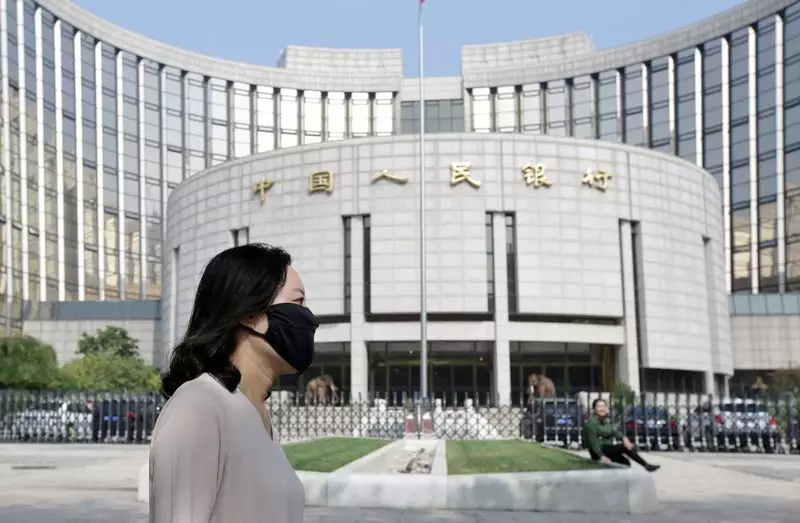The Chinese government is taking proactive measures to stimulate its economy following a period of sluggish domestic demand. The latest initiatives, primarily focused on consumer goods and digital purchases, indicate a serious commitment from officials to encourage spending and support economic growth. As China faces upcoming challenges, including expected increases in U.S. trade tariffs, these policies are essential for maintaining economic dynamism and stability.
Expanding the Trade-in Program
One of the most notable strategies is the expansion of the consumer goods trade-in scheme. By incentivizing consumers to trade in older items for new ones, the policy aims to spark fresh consumer interest and bolster domestic demand. The government’s willingness to increase subsidies for digital purchases also highlights a strategic shift towards encouraging technology adoption, which can have a ripple effect on sectors such as e-commerce and electronics. These efforts attempt to rekindle the market by facilitating consumer activity, but questions remain regarding their long-term effectiveness and sustainability.
Recent Government Financial Measures
The Chinese government recently announced multiple fiscal measures that collectively aim to solidify growth targets of around 5% for 2024 and 2025. Among these are significant wage increases for millions of government employees scheduled for January 2025, which are projected to inject substantial cash into the economy. The one-time financial boost, estimated to be between $12 billion and $20 billion, could stimulate various sectors, reinforcing the government’s effort to pivot towards a more consumption-driven economy.
In addition, authorities have decided to issue a record 3 trillion yuan (approximately $409 billion) in special treasury bonds this year, marking a historical budget deficit target of 4% of GDP. This substantial fiscal maneuver aims to support public spending and investment, engaging the economy in a more robust manner.
Further to these fiscal initiatives, China’s leadership has introduced a series of monetary policies. The decision to adopt an “appropriately loose” monetary policy marks a significant departure from the previous “prudent” approach, illustrating an urgent response to economic pressures. Various monetary easing methods include cutting the benchmark lending rate, reducing reserve requirement ratios for banks, and expanding financing options for local governments experiencing cash flow challenges.
The central bank’s recent moves echo pre-pandemic stimulus strategies, suggesting that officials are willing to replicate success from previous economic recovery measures. However, the challenges of managing inflation and preventing asset bubbles loom large, necessitating careful calibration of monetary levers.
Many of these policies directly address the acute struggles faced by China’s real estate market. Tax incentives aimed at housing and land transactions have been introduced to increase demand and alleviate financial burdens borne by developers. Furthermore, the expansion of funding options for unfinished real estate projects has been initiated, ensuring that essential developments are completed to stabilize the market and restore consumer confidence.
These measures, alongside the relaxed home purchase restrictions in major cities like Beijing and Shanghai, aim to invigorate a stagnant property sector while also providing a sense of relief to prospective homebuyers. Yet, systemic issues and lingering concerns about property market overexposure remain.
Looking Ahead: Challenges and Opportunities
As China implements these far-reaching policies, the economic landscape faces several uncertainties. The anticipated increase in U.S. trade tariffs could create significant external pressures, prompting a rethink of long-term strategies. Additionally, the success of these measures in catalyzing genuine consumer confidence and sustained economic growth remains to be validated.
Ultimately, while the Chinese government is laying forth an ambitious agenda to revitalize its economy, the effectiveness of these strategies will depend on their execution and response to market dynamics. As the global economy continues its evolution, China’s approach may serve as a bellwether for other nations confronting similar challenges, pushing the boundaries of traditional economic policies towards innovative solutions.

